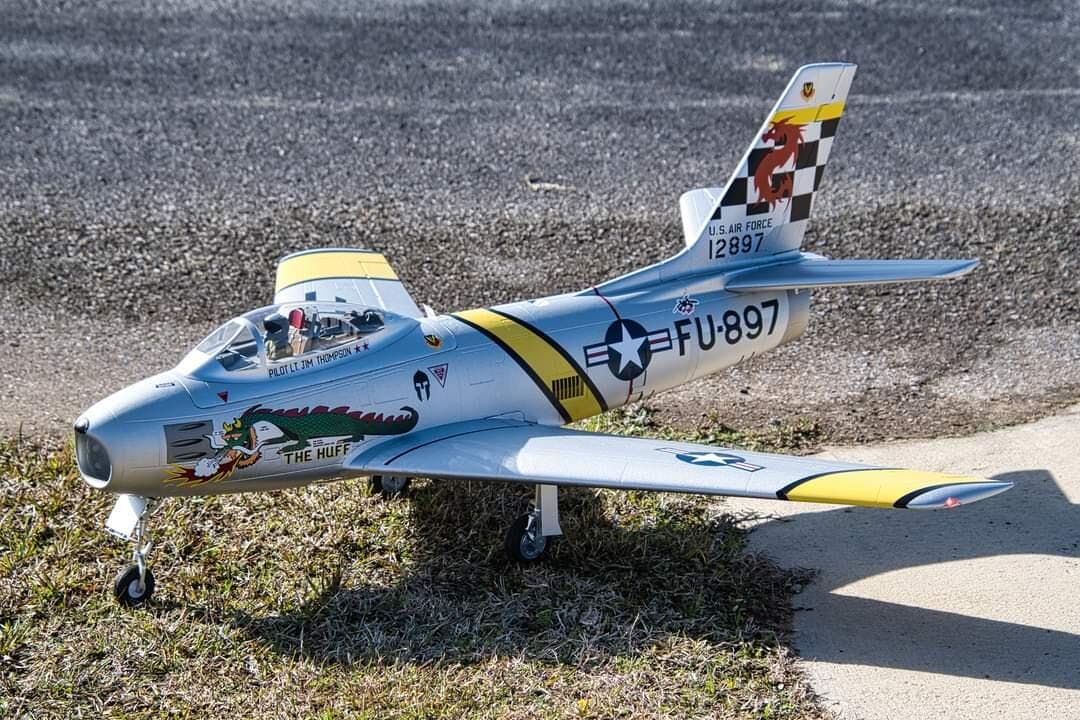Unlock the Secrets of Brushless Motors: The Game-Changer for RC Airplane Enthusiasts!
In the world of remote-controlled (RC) airplanes, enthusiasts are always on the lookout for advancements that enhance performance and reliability. One such innovation that has taken the community by storm is the brushless motor. Unlike traditional brushed motors, brushless motors offer a variety of benefits that make them increasingly popular among hobbyists and professionals alike. This article aims to delve into the intricacies of brushless motors, exploring how they work, the advantages they bring to RC airplanes, and how they stack up against other motor types. Whether you're a seasoned pilot or just starting out, understanding these motors can significantly improve your flying experience.

Understanding Brushless Motors
Brushless motors represent a significant leap forward in motor technology. Unlike brushed motors, which use brushes to transfer electric current to the motor's windings, brushless motors utilize a more sophisticated design that eliminates the need for brushes altogether. This type of motor consists of three primary components: a rotor (the rotating part), a stator (the stationary part), and an electronic speed controller (ESC) that governs the motor's operation. The rotor is embedded with permanent magnets, while the stator is made up of coils of wire. As electricity flows through the coils, it creates a magnetic field that causes the rotor to spin. This design not only reduces friction but also enhances efficiency, making brushless motors a preferred choice for many applications, particularly in the RC airplane community.
Benefits of Brushless Motors for RC Airplanes
The advantages of using brushless motors in RC airplanes are numerous and can significantly enhance the flying experience. One of the most notable benefits is efficiency. Brushless motors are designed to convert more of the electric energy into mechanical energy, resulting in longer flight times and better performance. Additionally, these motors tend to be lighter than their brushed counterparts, which is crucial for maintaining an optimal power-to-weight ratio in RC planes. Another critical advantage is longevity; since there are no brushes that wear out over time, brushless motors require less maintenance and can last longer, making them a cost-effective choice in the long run. From personal experience, friends who have switched to brushless motors often rave about the smoother operation and increased power, which contributes to more enjoyable flights. In essence, the combination of efficiency, weight savings, and durability allows RC airplane enthusiasts to push their models to new heights.
Comparing Brushless Motors with Other Motor Types
When comparing brushless motors to brushed motors, the differences become quite apparent. Brushed motors are generally easier to find and cheaper upfront, but they come with a host of drawbacks. With brushes that wear out, they require regular maintenance and replacements, which can quickly add to the costs over time. Furthermore, brushed motors typically generate more heat and can suffer from reduced performance as they age. In contrast, brushless motors provide consistent performance throughout their lifespan and are much more efficient at converting energy into motion. This efficiency not only translates to longer flight times but also less battery usage, which is a significant advantage for hobbyists looking to maximize their flying sessions. The choice between these motors often hinges on the user's commitment to maintenance, performance expectations, and budget considerations.
Other Alternatives: Nitro and Gas Engines
While brushless motors dominate the electric segment of RC aviation, it's worth mentioning nitro and gas engines as alternatives. Nitro engines offer a thrilling experience with their loud, roaring sound and impressive power output, making them popular among experienced pilots. However, they require more maintenance and are less user-friendly than electric motors. Gas engines, on the other hand, provide longer flight times compared to both nitro and electric motors but can be heavier and more complex to operate. In contrast, brushless motors remain the go-to choice for those seeking simplicity, efficiency, and performance.
Brushless Motors: The Future of RC Aviation
In summary, brushless motors have revolutionized the way RC airplanes operate, providing unparalleled efficiency, durability, and performance. With their advanced technology, they offer numerous advantages over traditional brushed motors and present a compelling case when compared to nitro and gas engines. For anyone passionate about RC flying, transitioning to brushless motors can significantly enhance your experience, allowing you to focus on what truly matters: enjoying the flight. As technology continues to advance, brushless motors will undoubtedly play a pivotal role in the future of RC aviation, promising exhilarating experiences in the skies.














